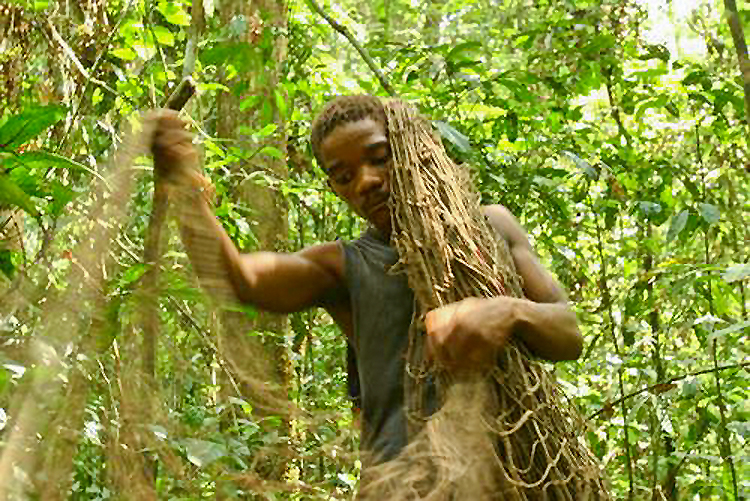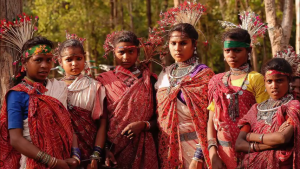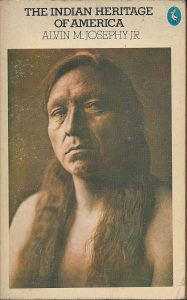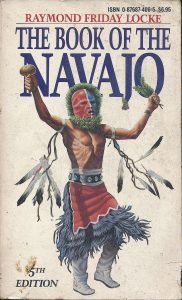Peoples of the Ituri Forest

The Ituri land
The Ituri Forest is a nearly 63,000 sq.km. area of dense tropical rain forest on the northeastern side of the Congo River basin. It is fully within the central African nation of Zaire. It varies in altitude between 700 meters in its southern portions to 1,000 meters in the north.
To the north and northeast of the Ituri is savanna land. To the east are the fertile highlands of the Western Rift Valley. To the south and west, it extends to more lowland tropical rain forests, where its rivers drain into the Congo (Zaire) River.
As is typical of tropical rain forests, the giant hardwood trees of the Ituri can reach up to 50-plus meters. Their top foliage may form nearly contiguous canopies that screen off much sunlight from reaching the forest floor.
Average annual rainfall is 1,900 mm, with around 2,000 hours of sunshine per year. The heaviest rains fall in October and November, while a dry season extends from December to February.
Ituri’s peoples have practiced a shifting slash-and-burn method of agriculture for many generations. They grow crops on cleared patches of forest, then after several years move to another part of the forest to open new clearings, while the old clearings are left to regenerate through a long fallow period.
Since Ituri is situated near the forest-savanna edge, and its forest has been modified by human slash-and-burn agriculture, its fauna shows a combination of both. These include the hyena, the okapi (forest giraffe), five species of duiker (forest antelope), water chevrotain, and the pygmy antelope. Leopards, genets, and mongooses are the main carnivores. There are forest varieties of elephant, buffalo, and bongo antelope. In addition, the Ituri is home to a great diversity of primates and avians: many monkey species including baboons, chimpanzee, and hundreds of bird species.
The Ituri peoples
Two main kinds of people inhabit the Ituri, based on their modes of subsistence: nomadic hunting-gathering peoples (also known as Pygmies), and the village agricultural peoples.
The Pygmies. Four populations of Pygmies live in the Ituri. All four are called the Bambuti. Each is associated with a different Bantu- or Sudanic-speaking tribe. The Sua are associated with the Budu (Babudu) on the western edge. The Aka are found with the Mangbetu in the northwest. The Efe is most widely distributed across the forest’s northern and eastern portions; they are associated with the Mamvu and Lese (Walese). The Mbuti live with the Bila (Babila) in the center of Ituri.
The Bambuti hunt and gather meat, honey, and other forest resources for their own consumption, or for trade with nearby farming villages from which they get food crops, cloth, ironware, salt, and other material. For hunting, they use bows and arrows for small game, spears for large game; others use only nets.
The Bambuti divide themselves into patriclans. Each clan numbers between 10 and 100 members, and claims exclusive rights to one area of forest. Remaining nomadic, they live in temporary beehive-shaped huts for 3-4 weeks, then move to another forest area as the current area is depleted of food sources. They carry most features of primitive communal lifeways, having few material possessions and no institutionalized headmen or chiefs.
The village agriculturalists. Shifting slash-and-burn farmers have been in the Ituri for more than 2,000 years. Most of these peoples speak one of the many Bantu languages spoken throughout sub-Saharan Africa (e.g., Bila, Budu, Ndaka). Others such as the Mamvu and Lese speak Central Sudanic. Each farming village is small, with 10-150 residents belonging to the same patriclan. The houses are made of saplings plastered with mud and leaf-thatch roofs.
Prior to colonial rule, many of these villages were fortified and inter-clan armed feuds were common. Between 1920 and 1940, the Belgian colonial regime sponsored chiefdoms, enforced peace, built roads, and forced people to move their villages and gardens to the roadsides, which remains the current practice.
The Ituri farming villages plant cassava and bananas as staple crops, supplemented by beans, sweet potatoes, squashes, oil palms, and tobacco for their own consumption. Their cash crops include rice, peanuts, and coffee. They raise goats and poultry as backyard livestock. They also hunt using traps and snares, and fish in forest streams.
Villager-Bambuti relations. Each Bambuti clan is associated with a specific farming village clan, with close economic and ritual ties that cement a close sense of kinship and are often passed from one generation to the next. The Bambuti depend on their villager kin for starchy food crops and trade goods, which the villagers in return trade for highly prized meat, honey, and other forest resources. #





